What can you grow in raised garden beds? Gardening experts advise
Discover what you can grow in raised garden beds successfully – these fruits, vegetables and flowers will thrive


There are a lot of choices when it comes to what you can grow in raised garden beds, with these versatile landscape features extending your garden's capacity and providing new conditions for a vast range of fruits, vegetables, and flowers.
Raised garden bed ideas are ideal for any keen green-thumbed enthusiast who wants to try their hand at vegetable garden ideas, or for those who would like to experiment with planning a cut flower garden.
Here, we take a look at the best vegetables, fruits, and flowers to grow in your raised garden beds – you might find some surprising.
What can you grow in raised garden beds?
The answer is: just about anything with a rootstock that won't outgrow vegetable garden container ideas, although this can be fixed by working out how deep to make a raised garden bed. Below, we look in more detail at the best things to grow in raised garden beds.
Vegetables to grow in raised garden beds
'There are many reasons why I love gardening, and one of the main ones is the satisfaction that comes from producing my food,' says Kasey Turner, founder, and CEO of NatureNibble. 'Not only do I get to eat fresh fruit and vegetables every day, but I also have direct control over what goes into my body. Furthermore, I can choose which fruits and vegetables to grow, how much space they require, and when they should be picked.
'If you want to take up gardening, consider my suggestion for growing fruit and vegetables in raised beds. It's important to remember that growing fruits and vegetables in a raised bed doesn't require special gardening equipment or knowledge; you need space (a couple of yards should be enough) and fertile soil.'
We have more information on what soil you put in a raised garden bed in our separate feature.
Design expertise in your inbox – from inspiring decorating ideas and beautiful celebrity homes to practical gardening advice and shopping round-ups.
1. Tomatoes
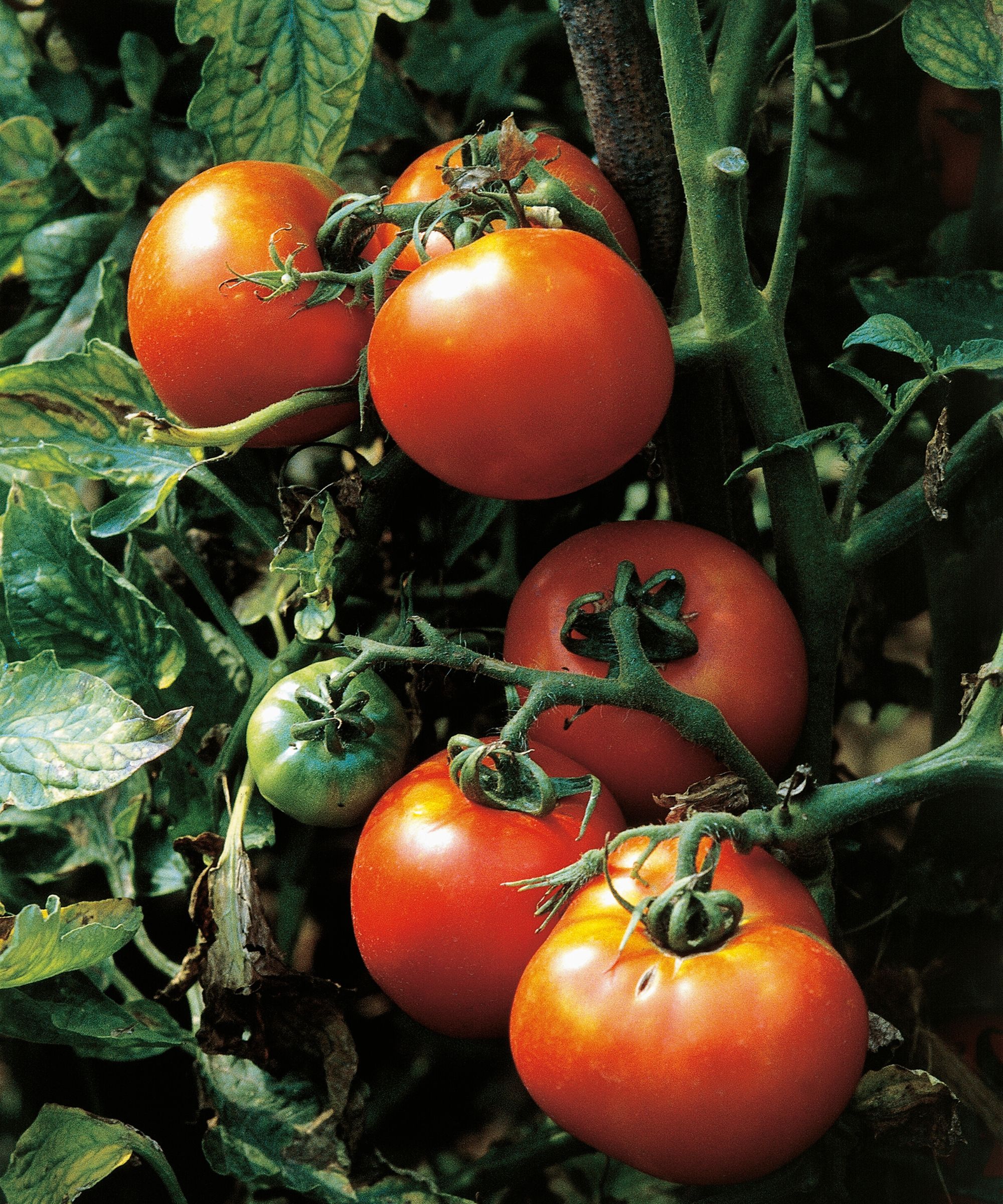
Although technically a fruit, tomatoes are widely considered to be a vegetable. Growing tomatoes is a rewarding task for any gardener, both new and seasoned alike.
Tomato plants thrive in warm soil, making raised beds wonderful planters for this sweet fruit. What's more, deeper garden beds with loose soil allow for deeper planting of tomato plant seeds which promotes expansive development of the root system.
Sow tomato seeds in February and, if blessed with warmer weather, the harvest should begin around early July.
2. Sweet and hot peppers
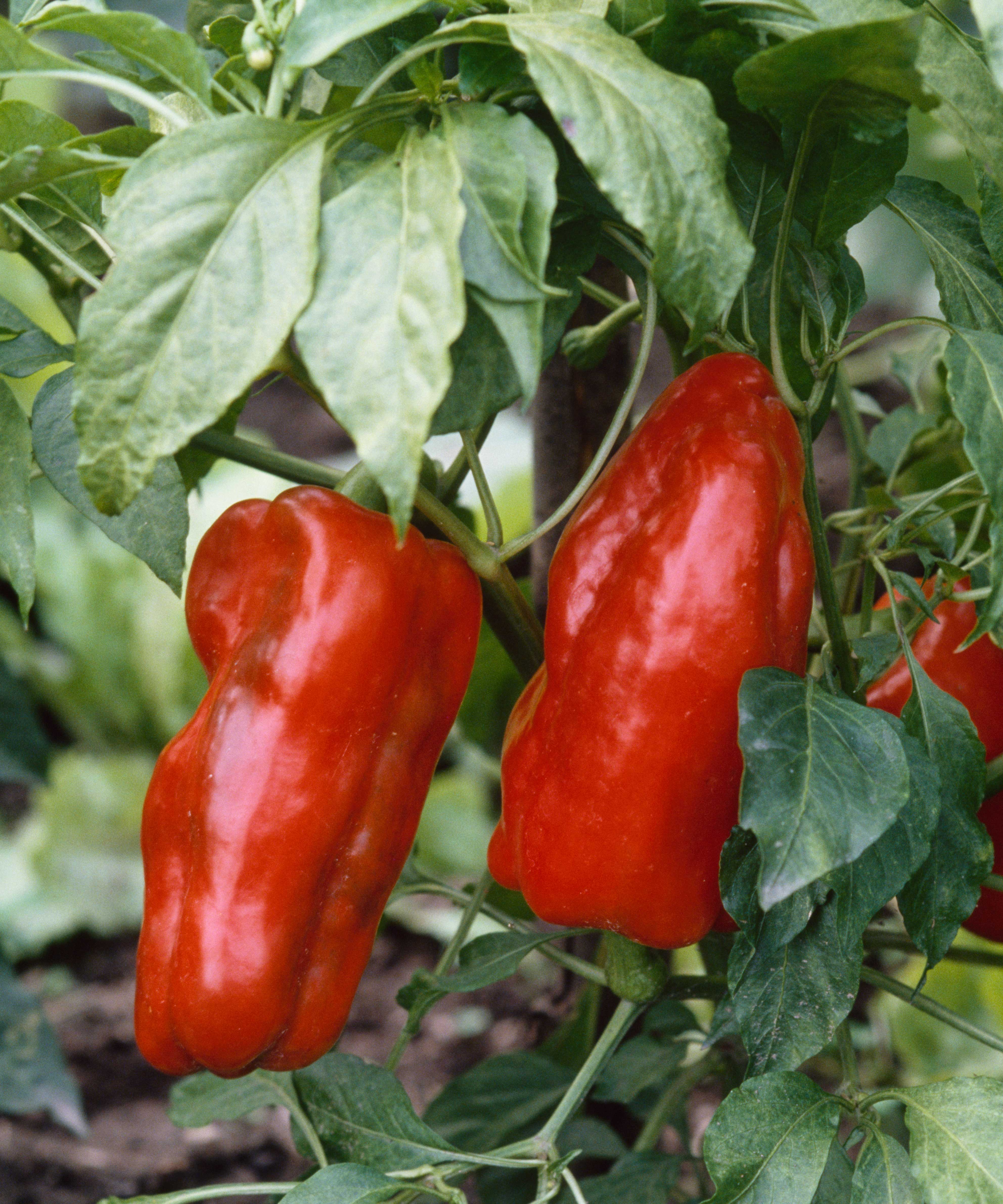
Whether you want to learn how to grow and care for bell peppers, or would prefer a much spicer pepper variety such as picking jalapeño peppers, raised garden beds make ideal ground for any pepper plant variety.
'There are dozens of types of peppers which thrive in the often warmer soil of a raised garden bed,' explains Rachel Crow, Homes & Gardens' garden editor. 'When planted in a raised garden bed, these plants often take well and respond with quick growth.
'It is important to use the right type of soil in raised garden beds, however,' warns Rachel, 'as many vegetables like these prefer the lighter, well-draining soil that is typically favored in raised garden beds.'
3. Cucumbers
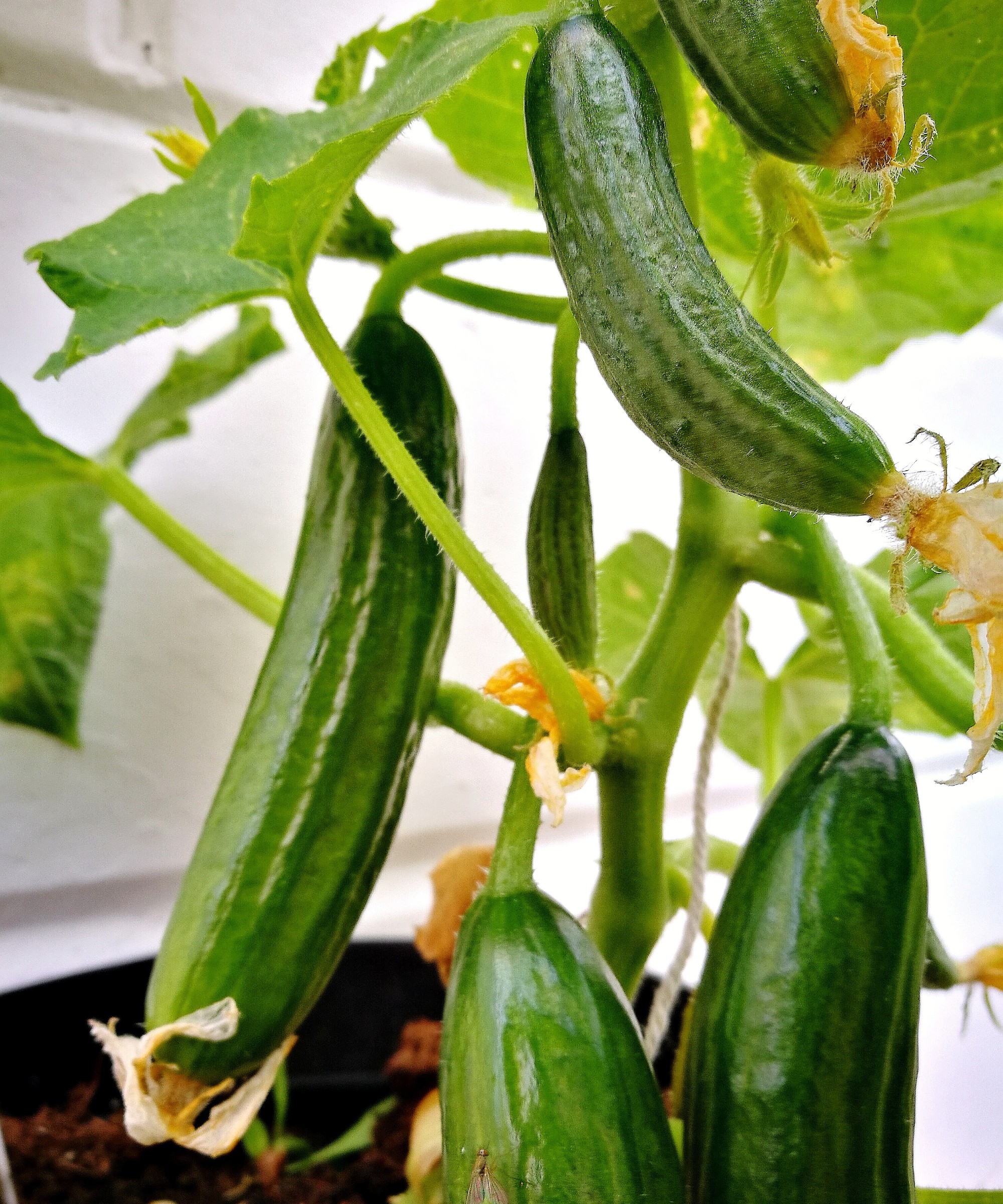
'More warm seasoned vegetables, growing cucumbers is also affected by cooler soil temperatures, making them well-suited to warmer raised beds than the ground,' Rachel says.
It is better to add a trellis to your raised beds to grow cucumbers vertically, especially when planting vining varieties, to offer the plant support through its growth and make more space on the surface of your bed for other plants.
4. Root vegetables
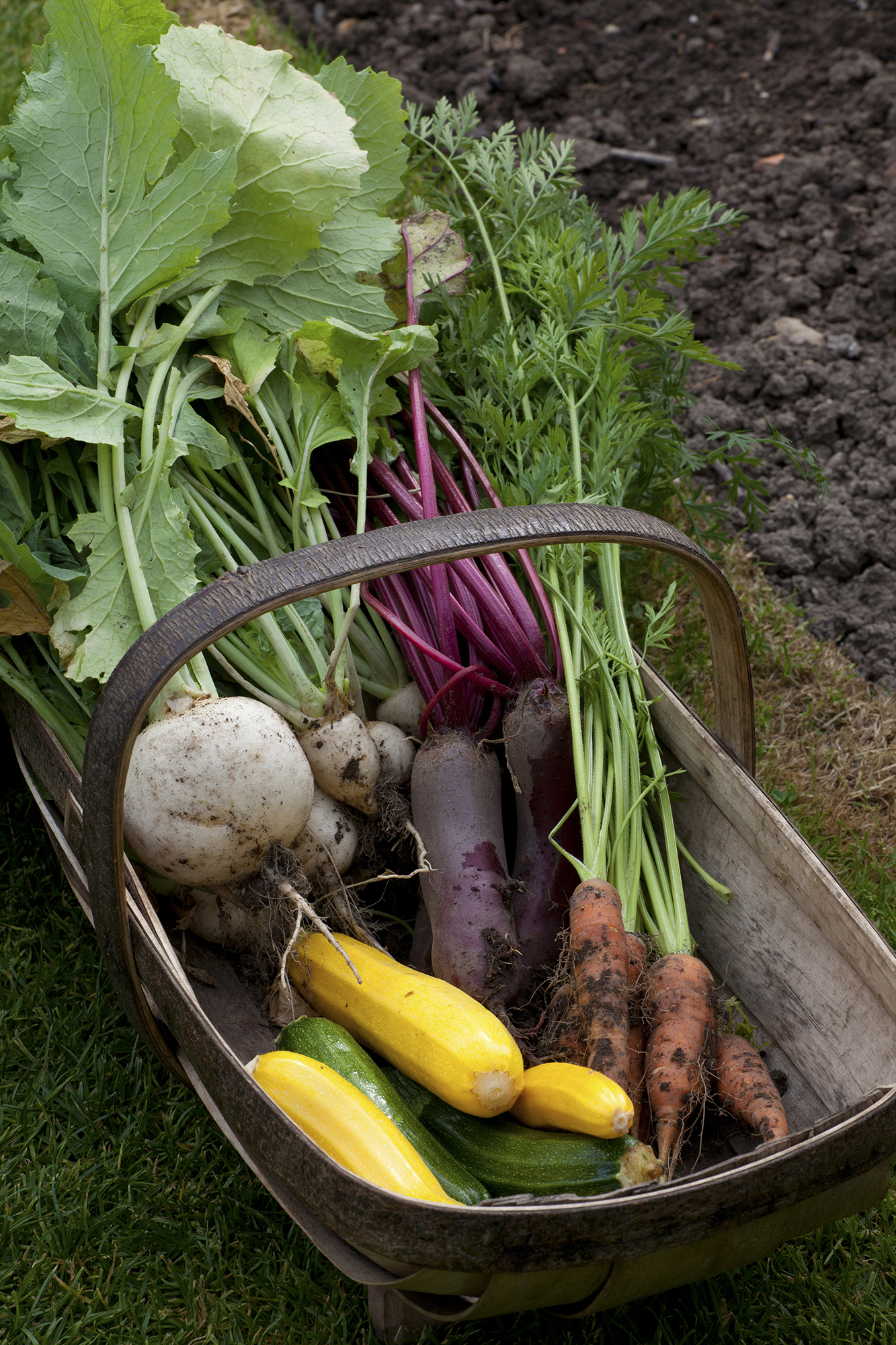
Almost all root vegetables benefit from the deeper soil provided by raised garden beds. Growing carrots, growing sweet potatoes, and growing potatoes, for example, is often made easier with a deep raised garden bed over 12 inches.
Raised garden beds are particularly good for growing carrots and sweet potatoes, which prefer stone-free soil to grow long and straight, as you have more control over the soil type and quality than ground planting.
'To successfully grow root vegetables in raised beds, you will need to focus on soil quality, plant selection, and watering techniques,' explains Kasey Turner, founder, and CEO of NatureNibble. 'Soil quality is essential for healthy plants and should be of good enough texture and moisture content to support the kind of vegetation that you are trying to cultivate. You will also want your soil to have a balanced composition that includes plenty of organic matter.
'When selecting root vegetable varieties for raised bed gardening, choosing ones resistant or tolerant to common pests and diseases is essential. Some suggested choices include carrots, potatoes, radishes, beets, and cassava. As for watering habits, it is crucial to consider the specific needs of your chosen plants. Young seedlings may require less water than mature plants; succulent roots might require more frequent drenchings than dry groundcovers. As with all gardens, many factors are involved, which means some adaptation may be necessary along the way!'
5. Onions
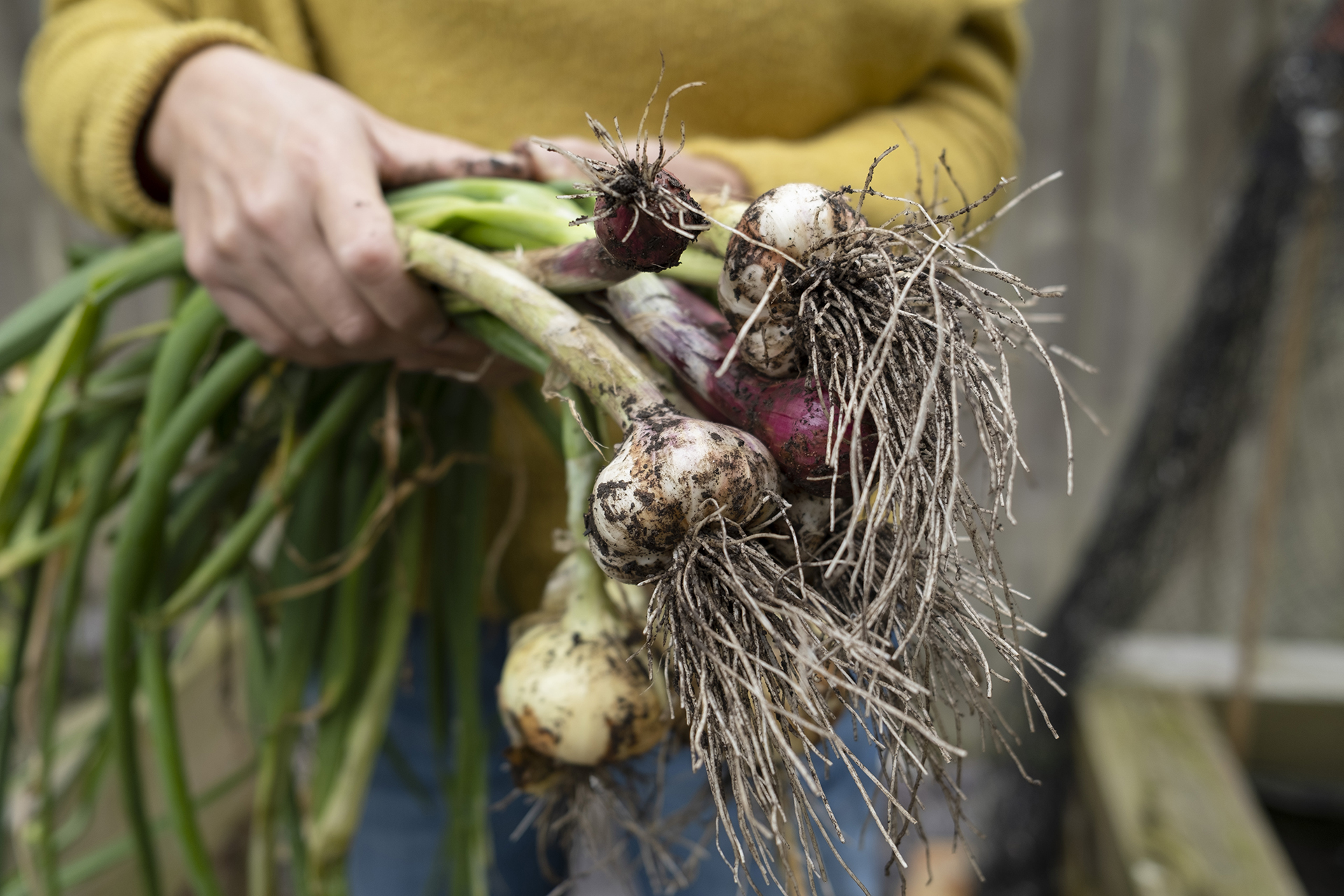
'Onions are another plant that grows best in loosely compacted soil that drains easily,' Rachel explains. 'Try growing onions around six inches apart for big bulbs that are full of flavor.'
'The best way to grow onions in raised beds is to start with a deep bed at least 24 inches wide and 36 inches long,' says Kasey Turner, founder, and CEO of NatureNibble. 'This will give you enough room for your plants to spread out and maximize their growth potential. You'll also want to ensure the bed is well-drained so water runoff doesn't cause problems. Amend the soil as needed, adding organic compost or manure before planting your onions.
'Water them regularly and fertilize them monthly with food-grade nitrogen, phosphorus, potassium, or alfalfa meal (depending on your onion variety). Protect them from frostbite by overwintering them in a garage or basement until temperatures reach 45℉, then move them into their garden site where they can begin growing fresh bulbs.'
6. Garlic
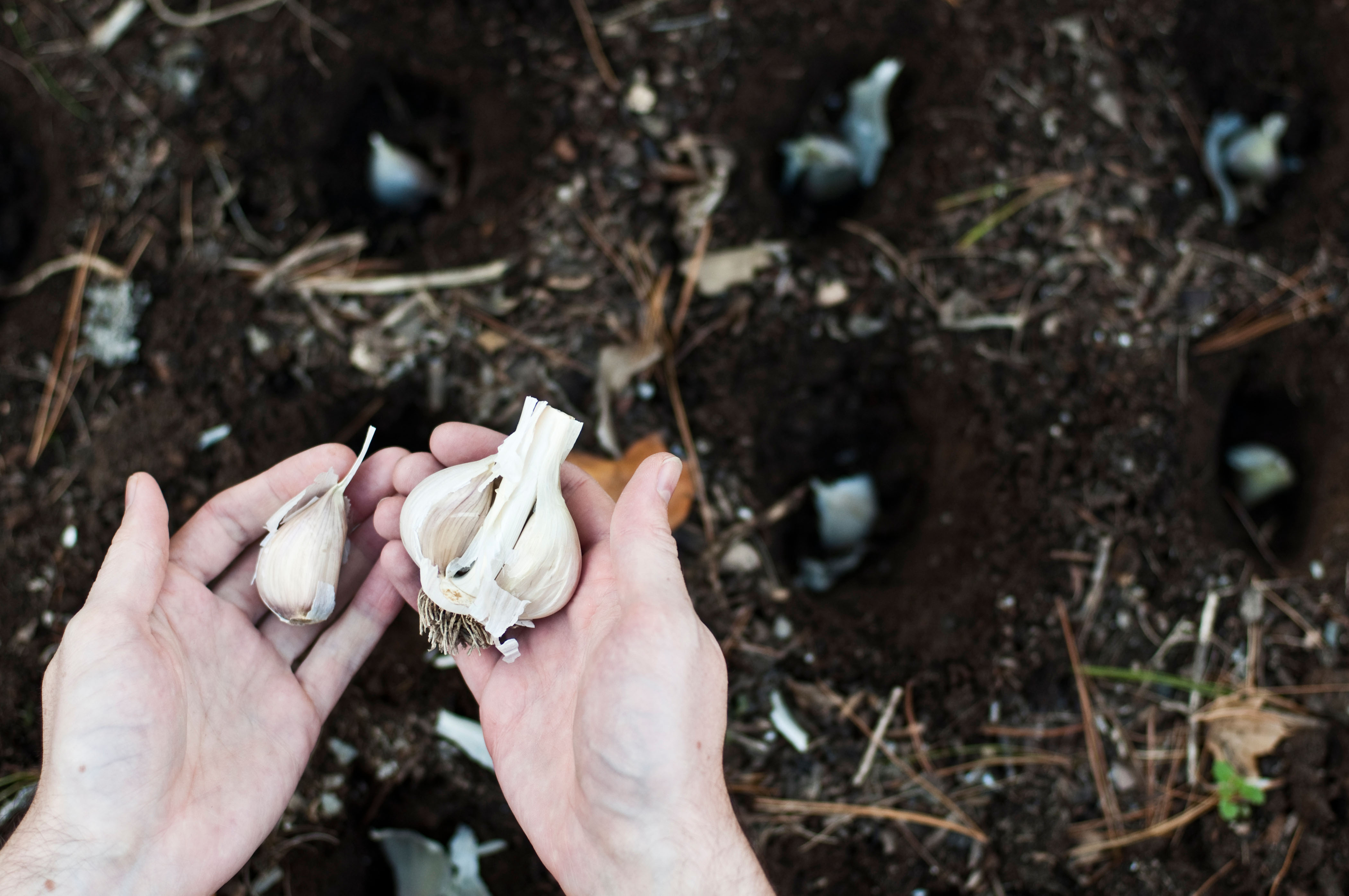
Garlic is an undeniable favorite for many. With garlic bread, garlic mushrooms, and garlic butter – what is there not to like?
Growing garlic can be a more tricky task as they require open-textured soil with no stones. This makes raised garden beds the ideal location for these fat, flavorful vegetables.
Simply plant as many individual cloves as you would like garlic bulbs upright in soil and, by spring, they will be ready to harvest.
7. Artichokes

Growing artichokes can be a difficult but rewarding task, as long as you know when artichokes are in season before picking them prematurely.
These interesting vegetables, although adaptable, grow best in fertile, well-draining soil making a raised garden bed the best option for gorgeous globe artichoke harvests.
8. Eggplant
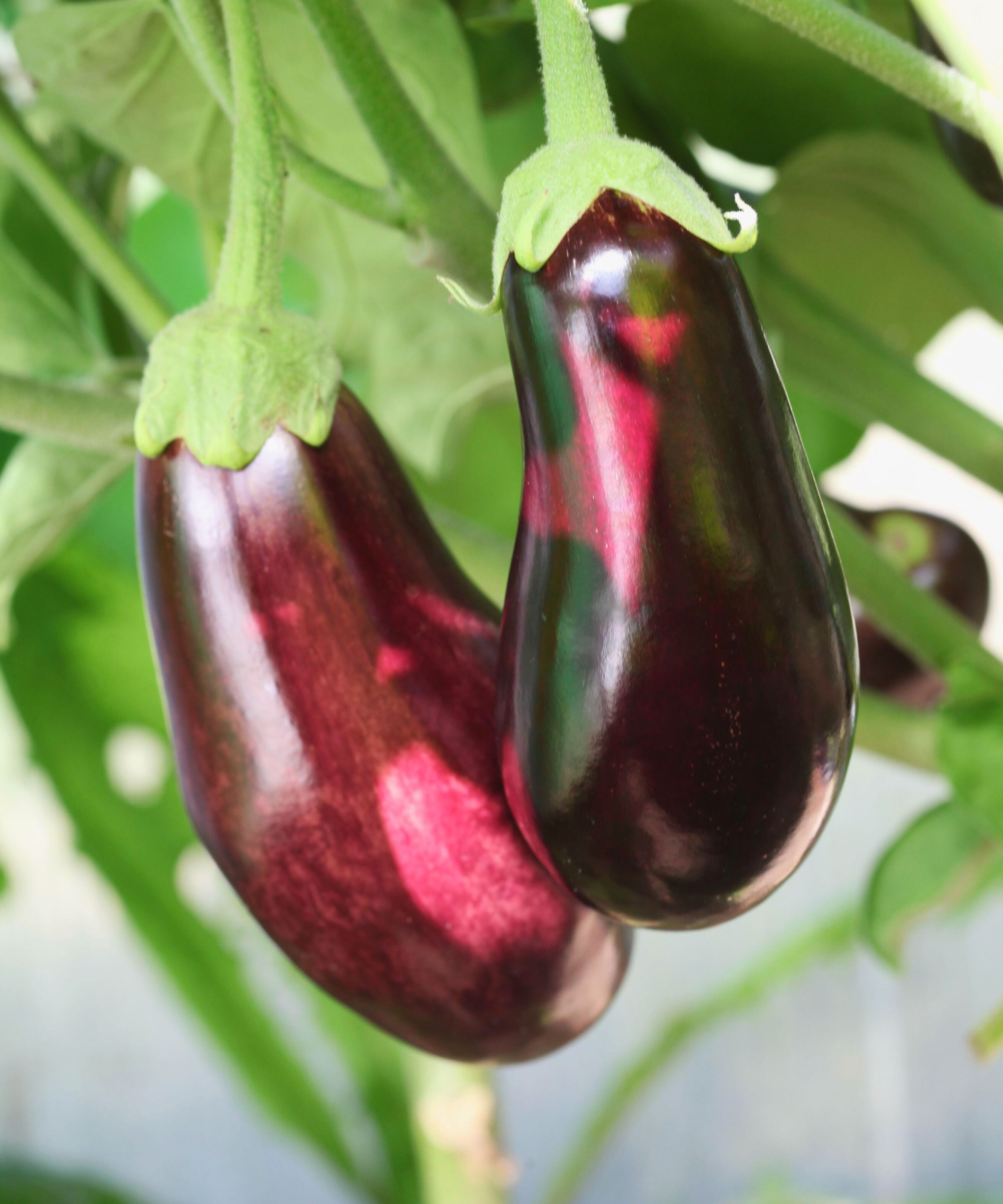
Understanding how to grow eggplant is similar to growing tomatoes or peppers as it is a close relative and also enjoys warmer soil.
Rich in vitamins B1 and B6, these seasonal vegetables should be placed in full sun, particularly in colder climates, and, again, grown in well-draining soil.
9. Leafy greens

There is a vast array of leafy greens that are well-suited to raised garden beds. Growing kale and growing lettuce, for example, is to start with for beginner gardeners and results in beautifully succulent leaves perfect for summer salads.
10. Peas
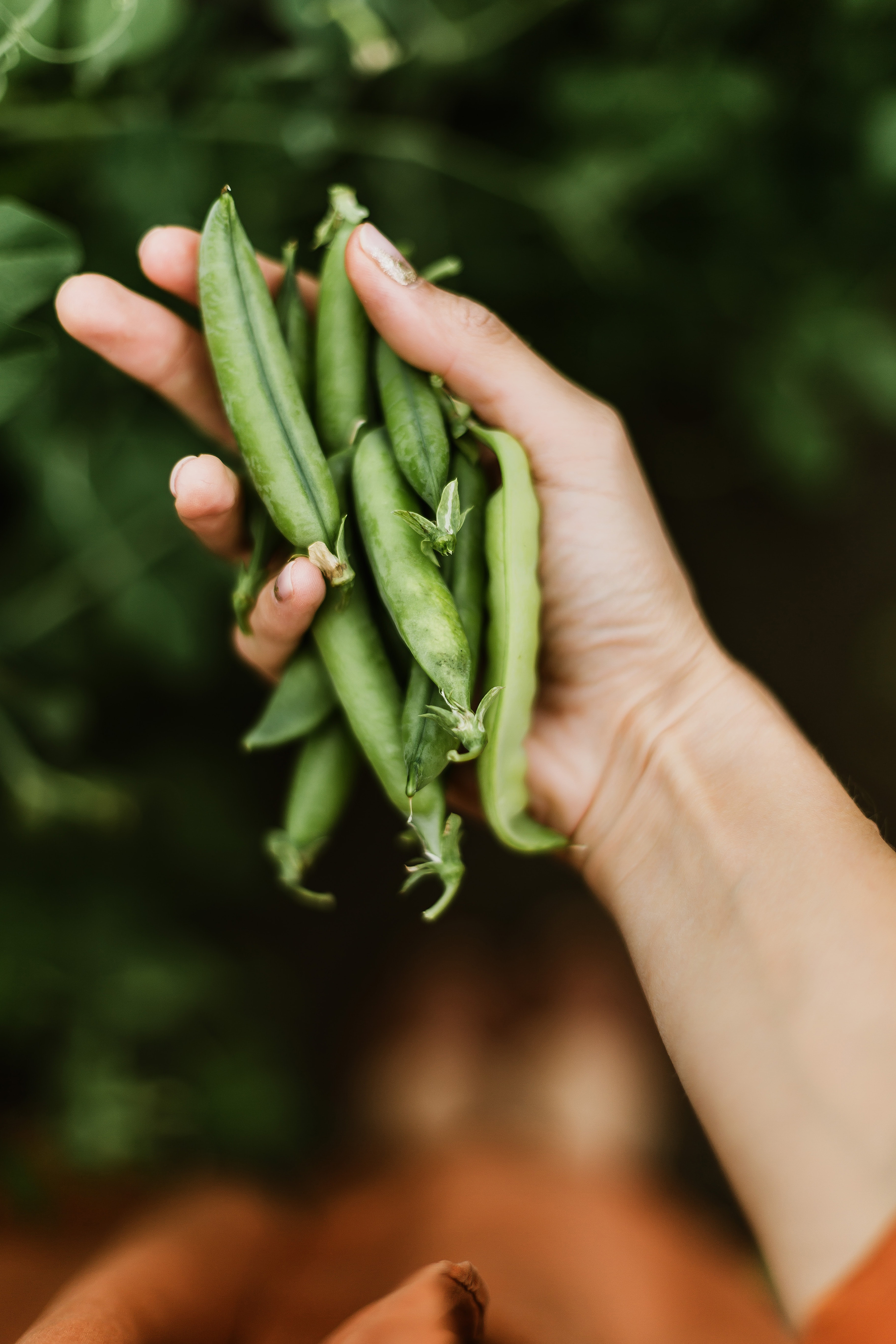
'It is easy to learn how to grow peas in pots, so this vegetable translates well into being grown in raised garden beds,' says Rachel. 'They require some effort to grow perfectly, however, your efforts are richly rewarded as these space-efficient crops can climb trellis with ease freeing up more space in your raised beds for other plants such as companion planting.
'To grow peas in a raised garden bed, make sure to select a garden bed that gets full to partial sun,' advises Stacie Rae on behalf of YesPeas. 'Create a soil mix suitable for growing peas and add an eight-foot trellis near the bed to offer support. In a raised bed (we recommend raised beds that are at least 23 inches deep of soil) plant your peas two inches apart in rows – by placing one row along each side of a central trellis, the pea vines will space themselves out while growing up the trellis, and cover in soil.
'Relax and wait for your seedlings to grow! Be sure to water the seedlings every two to three days – they’ll take around seven weeks in total!' Stacie adds, 'Be careful not to harvest before this, as they won’t taste their best.'
Fruits to grow in raised garden beds
From berries to melons, these are the best fruits to grow in raised garden beds.
1. Raspberries

Anyone who is looking to grow their own fruit should start with growing raspberries. These simple and inexpensive fruits are incredibly easy to grow in raised garden beds due to being low-maintenance and look great in a raised garden bed populated with other berries due to their bright, alluring color.
While raspberries do well in most soil types, growing raspberries in raised beds make it easier to cover the berries to hide them from the prying eyes of wildlife such as birds and garden pests like bugs and snails.
2. Strawberries
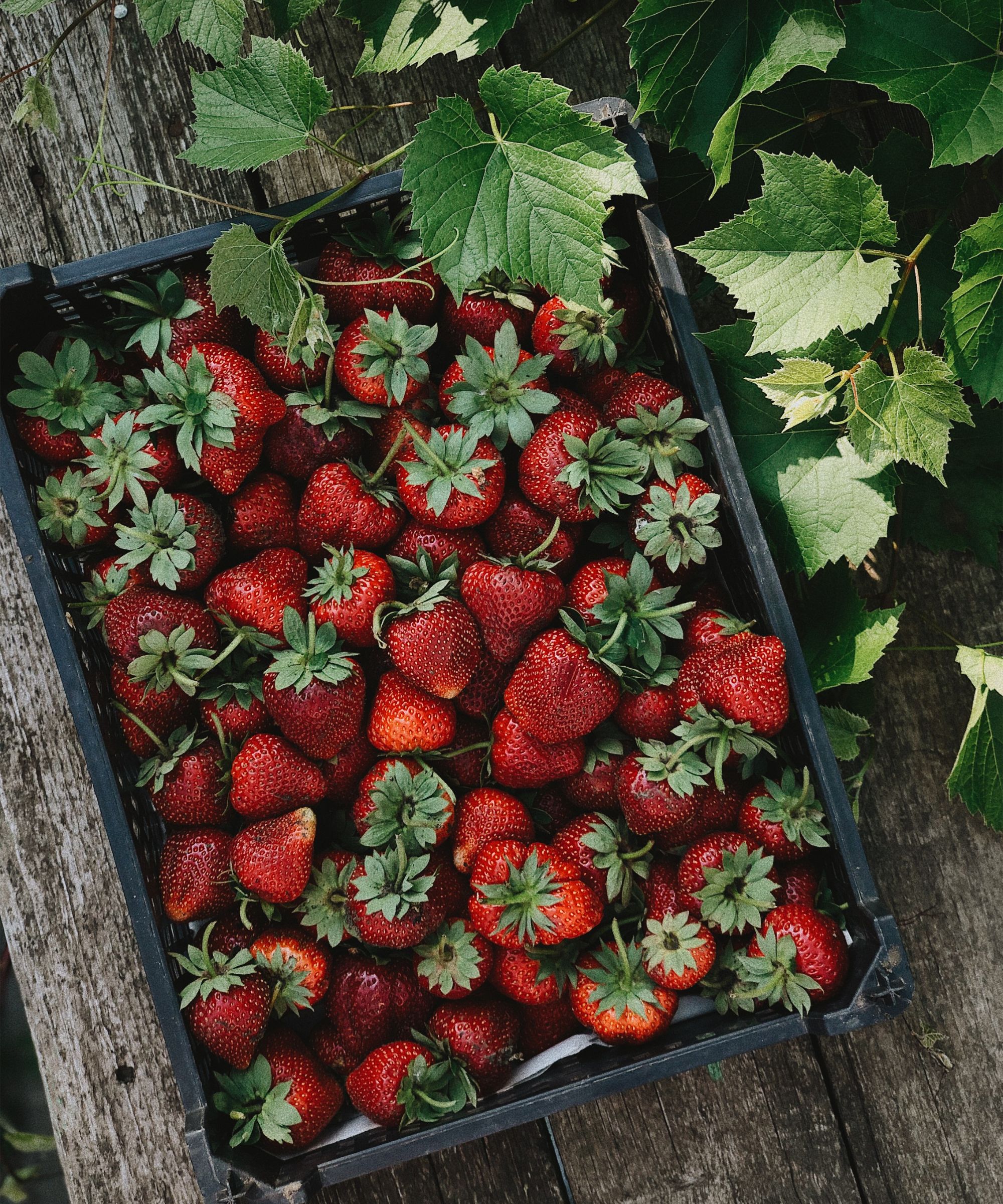
It is just as simple to learn how to grow strawberries as it is to grow raspberries too, making them ideal raised bed buddies for summery fruit salads. 'Strawberries are a brilliant perennial plant to add to raised garden beds,' says Rachel Crow, 'Since these berries tend to spread, raised beds can be used to control their growth and prevent overgrowth.'
'A raised bed is a great way to grow strawberries and raspberries, allowing you to plant them closer together than in a traditional garden,' adds Kasey Turner of NatureNibble. 'Strawberries are particularly suited to this type of gardening, as they are cousins of the blackberry and can be grown indoors and outdoors. To start planting your strawberries or raspberries into a raised bed, prepare the soil by adding organic matter (such as compost) and then mixing it well with your hands. Make sure the bed is level before placing any plants; using stakes or rocks will help ensure accuracy. Once the plants have been planted, water them well and keep an eye on them; you'll want to monitor their growth closely, so they don't get too crowded.'
Growing strawberries in raised beds also help to keep them well away from weeds. Strawberry plants are often not able to tolerate weed competition, so raised beds provide an ideal growing environment so long as you line the bed with the right material.
3. Gooseberries
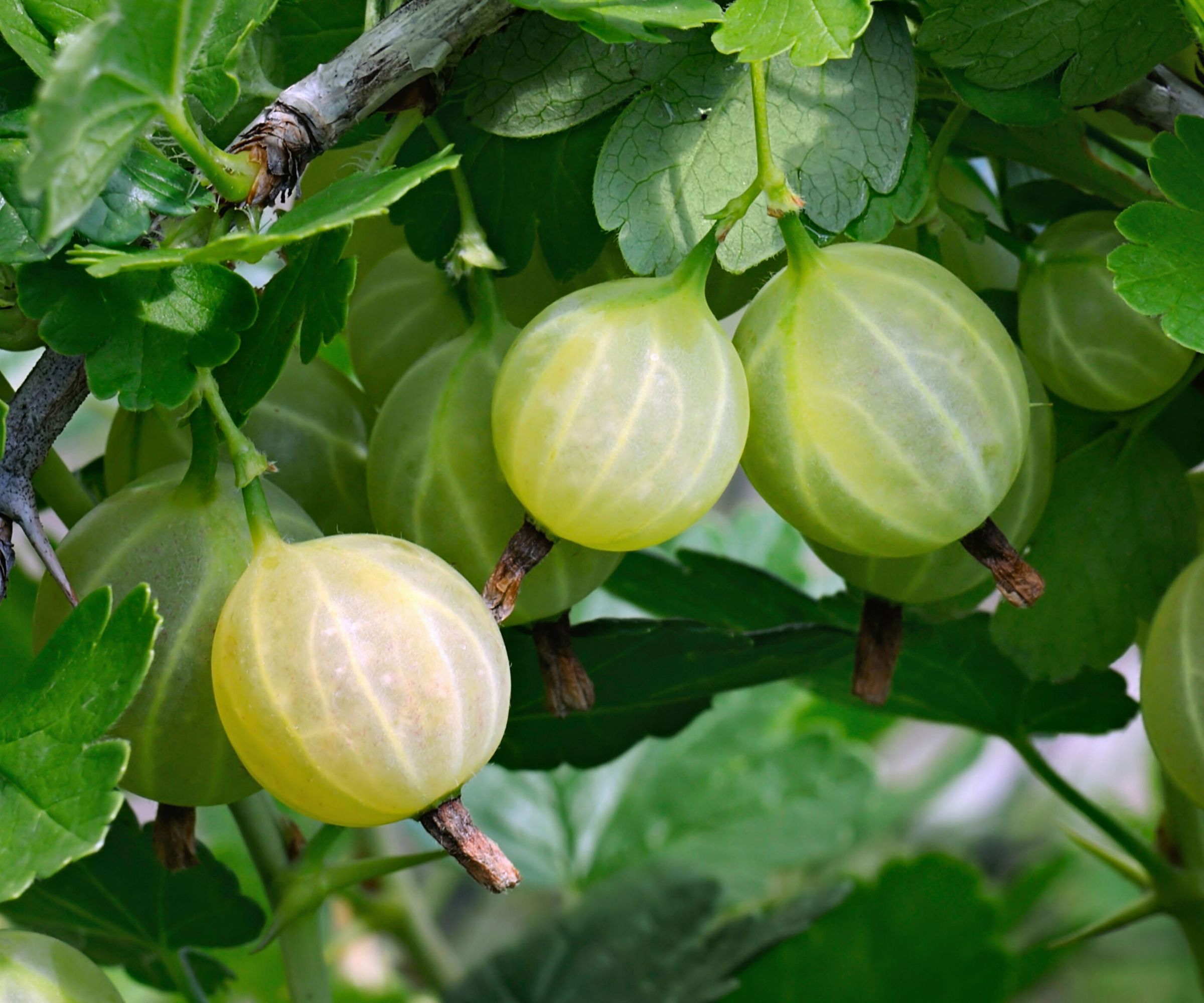
If you know how to grow gooseberries already then you will know how little these plants are like weeds. 'While these plants are fairy easy-going, their shallow roots means that they often lose a struggle for resources,' explains Rachel. 'Planting in a raised bed with the proper lining will help to stave off competition and isolate your gooseberries away from your other plants to provide them with adequate nutrients, sunlight, and air circulation.'
4. Honeyberries

Honeyberries are a far more obscure fruit but can be used in jams and jellies as well as eaten raw. Their sweet taste resembles that of blueberries but their larger fruit makes them juicier.
Although most soils are suitable, well-draining soil offers the best opportunity for growth and, given that you need two of these plants to allow for fertilization, improved growth is needed for fruiting. These plants may even need to be pollinated by hand to ensure fruit each year, but the payoff is more than worth it.
5. Blackberries
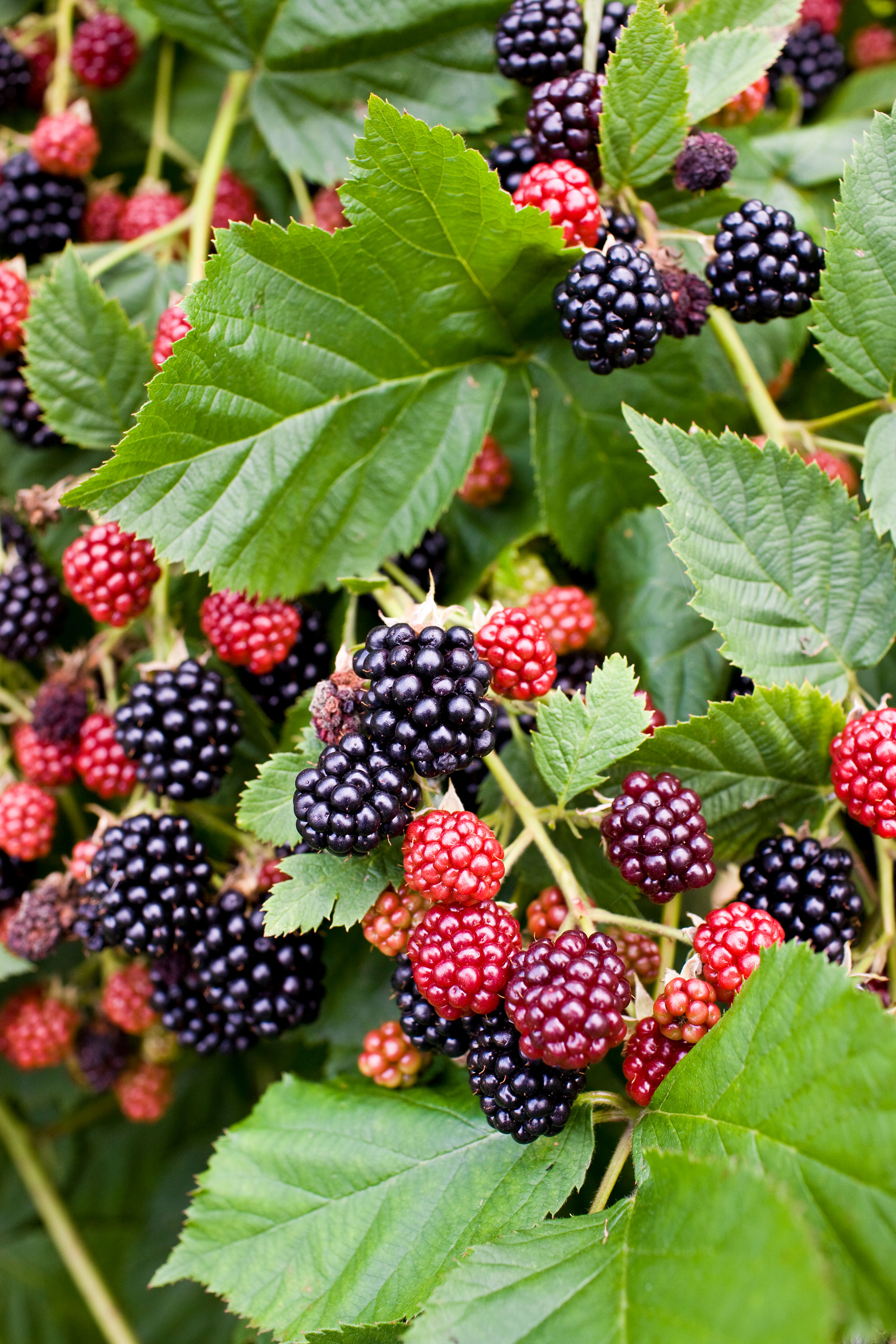
If you would rather grow your own blackberries than go foraging for berries each year, using a raised garden bed can help to control its growth.
'Blackberries are a bramble, meaning they spread rapidly year on year, so growing these plants in some form of large container like a raised bed will prevent it from thoroughly taking over your yard,' Rachel explains.
6. Currants

Red and black currants, like most fruits, will also thrive in the well-draining soil of a raised garden bed. While red currants will easily grow in partial shade, it is important to note that black currants prefer full sun.
'Growing currants in raised beds may not be the most conventional idea, but it can be an enriching experience,' says Kasey Turner, founder, and CEO of NatureNibble. 'This type of gardening involves planting currant bushes in the above-ground but below-grade soil, allowing them to access moisture and sunlight while preventing weeds from taking hold. The key to success with raised bed gardening is control – you need to ensure that water and nutrients are consistently delivered to your plants to grow healthy fruit.
'It would help if you also kept an eye on the weather forecast for your plantings to survive harsh conditions like cold winters or hot summers. The payoff can come relatively quickly if you invest the time and effort into growing Currants in a raised bed – depending on where you live, some gardeners have reported harvesting their first crop as early as four to six months after installation!'
7. Blueberries
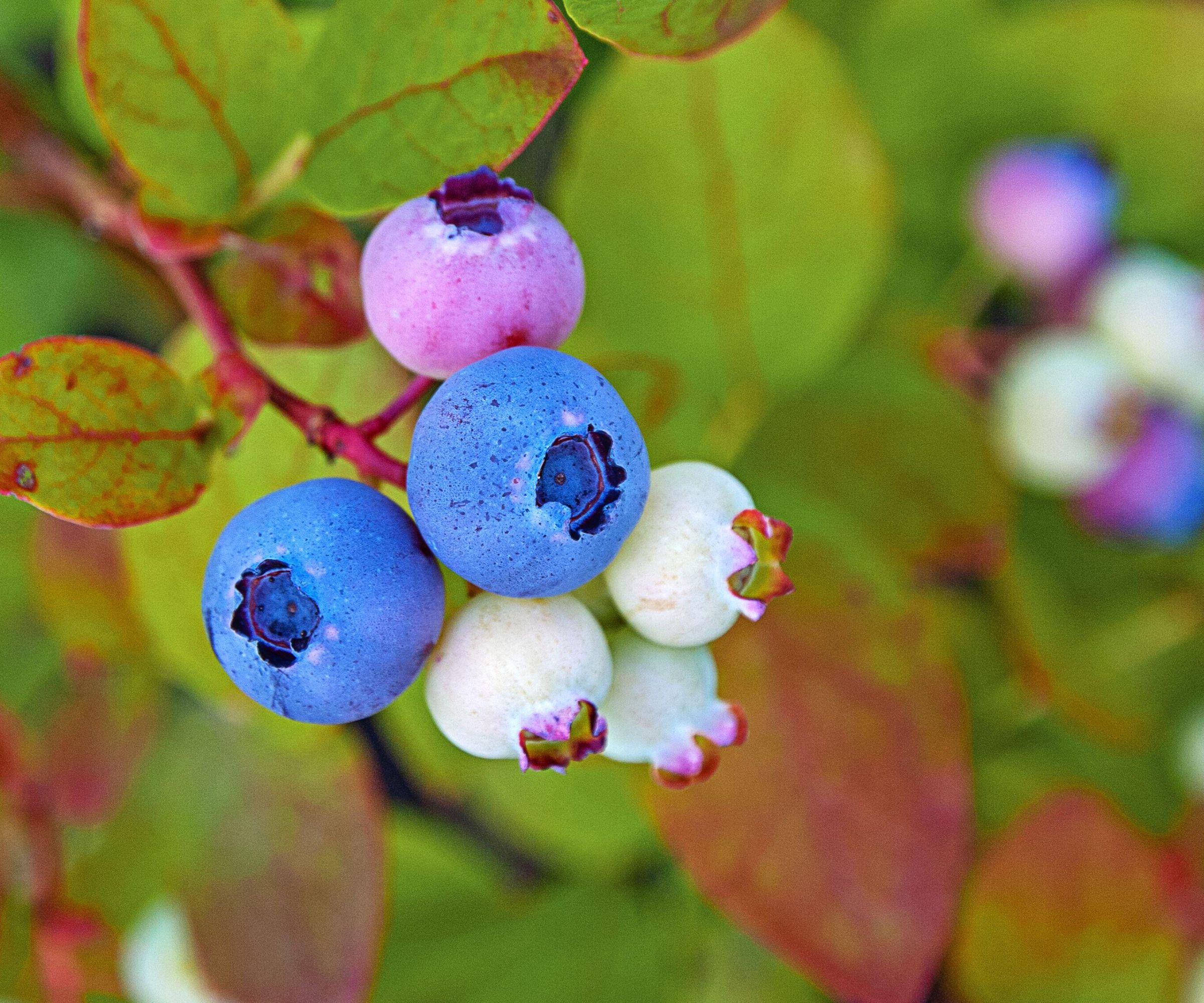
Growing blueberries can be a finicky task with the plant requiring very acidic soil only to grow. If your ground soil has a pH of less than four to five-and-a-half the plant will not fruit whatsoever. (You can find out how to test your soil's pH in our guide.)
Raised garden beds can be an easy fix to this, however, with a dedicated blueberry bed allowing for the best yields. Plant blueberry plants approximately five feet away from one another for the best yields, but do not be tempted to place them closer than three feet together.
8. Melons

Two things all melons have in common is their deliciously juicy interiors and their ability to thrive in a raised garden bed. No matter if you are growing watermelon or growing cantaloupe, raised beds offer the perfect warm soil conditions for melons of all varieties. What's more, by raising them off of the ground you will be better able to protect them from pests and prevent bruising to the rind.
9. Mulberries

Given that you can easily grow mulberries in containers, these fruits also thrive in raised garden beds so long as it is filled with well-draining soil. Mulberries offer an easy way to achieve sweet berries at home that attract a beautiful array of butterflies and bees each summer.
These delicious fruits are also a target of birds, however, so if you don't wish to share your treats consider protecting your plants with netting each year.
10. Rhubarb
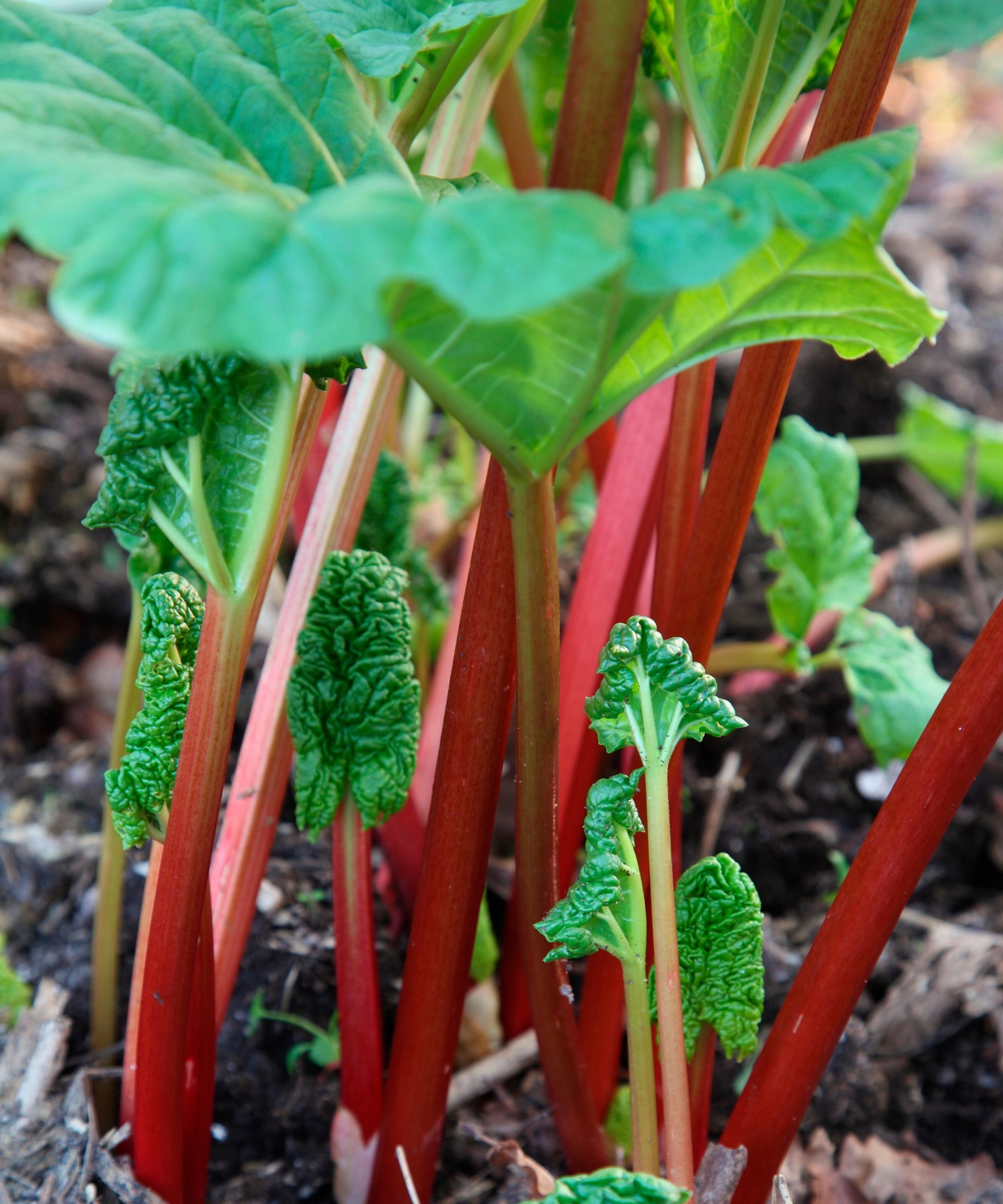
Growing rhubarb depends largely on the type of soil you have in your garden. 'Rhubarb will not thrive in wet, poorly draining soil can leave rhubarb susceptible to root rot,' Rachel Crow, Homes & Gardens' garden editor warns.
If your garden has poorly draining soil, raised beds offer a great solution to growing this tangy fruit perfect for puddings.
Growing cut garden flowers in raised garden beds
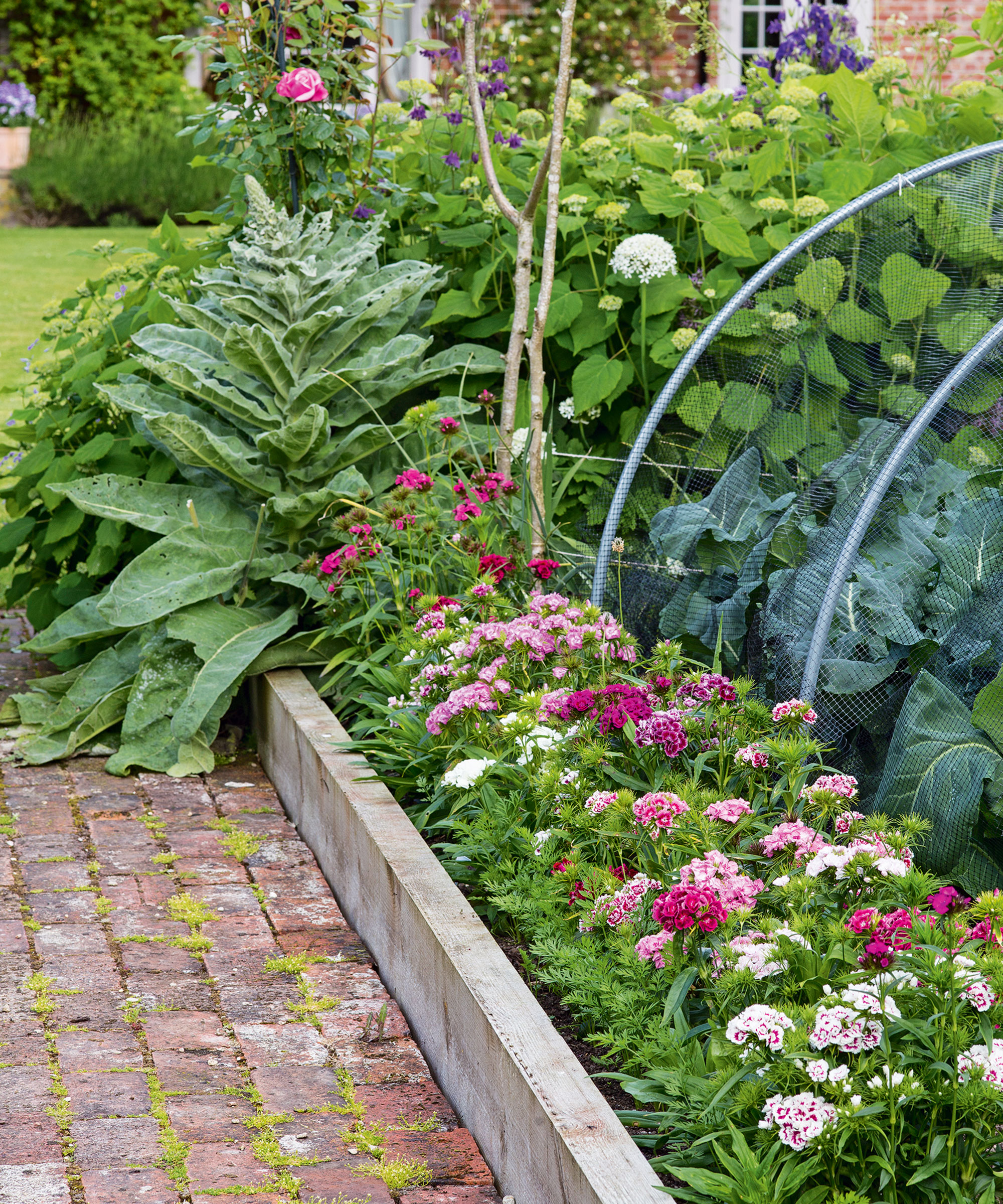
If you are planning a cut flower garden, think about growing it in raised garden beds.
'Flowers often do not need as much space between rows as fruits and vegetables,' explains Rachel Crow, 'this makes them ideal for raised garden beds that may be on the smaller side.'
In general, there are no flowers that cannot be grown in a raised garden bed, but there are some guidelines as to how to arrange your plants for the best effect. For example, it is best to avoid planting towering flowers beside smaller plants so as not to block sunlight (unless that flower prefers dappled shade) or prevent proper air circulation. Raised garden beds for a cut flower garden can also be positioned to receive sun for most of the day.
Some of the best flowers to plant in a cut flower garden may include some of the best fragrant flowers like roses or sweetpeas, or consider traditional cut flowers such as zinnias, cosmos, snapdragons, and marigolds.
Growing trees and shrubs in raised garden beds

While you make think that a raised garden bed would be too small for growing trees and shrubs, certain beds can be the ideal location to add a small yard tree or shrub for some variation in your yard.
'Some of the best evergreen shrubs work particularly well in raised garden beds,' says Rachel Crow, Homes & Gardens' gardens editor. 'Any evergreen can be grown in a container, making this an easy starting point for gardeners just starting out. Conifers are a wonderful evergreen that comes in a huge range of colors and sizes, for example, that will also add some tremendous texture to your space.'
Trees are not so easy but, if you pick the right variety, can be grown in a raised bed. Fruit trees are great additions to raised garden beds and will expand the variety of fruit you can plant in raised beds tenfold. For the best fruit trees, it is recommended to have a bed no shallower than ten inches and no narrower than six feet.
Ornamental trees such as fast-growing flowering trees and the best trees to grow in pots will need similar space but can also be grown when you have proper drainage.
What are three mistakes to avoid when gardening with raised beds?
The three main raised bed gardening mistakes to avoid are: picking the wrong spot by placing your raised garden bed out of the path of direct sunlight, making the beds too big so that they are impractical to garden, and not using the best soil for the bed and what you hope to grow in them, making the beds no more beneficial than simply growing your plants in regular ground soil. Not knowing what to put at the bottom of raised garden beds can affect your plants' success, too.

Chiana has been at Homes & Gardens for two years and is our resident 'queen' of non-toxic living. She spends most of her time producing content for the Solved section of the website, helping readers get the most out of their homes through clever decluttering, cleaning, and tidying tips. She was named one of Fixr's top home improvement journalists in 2024.